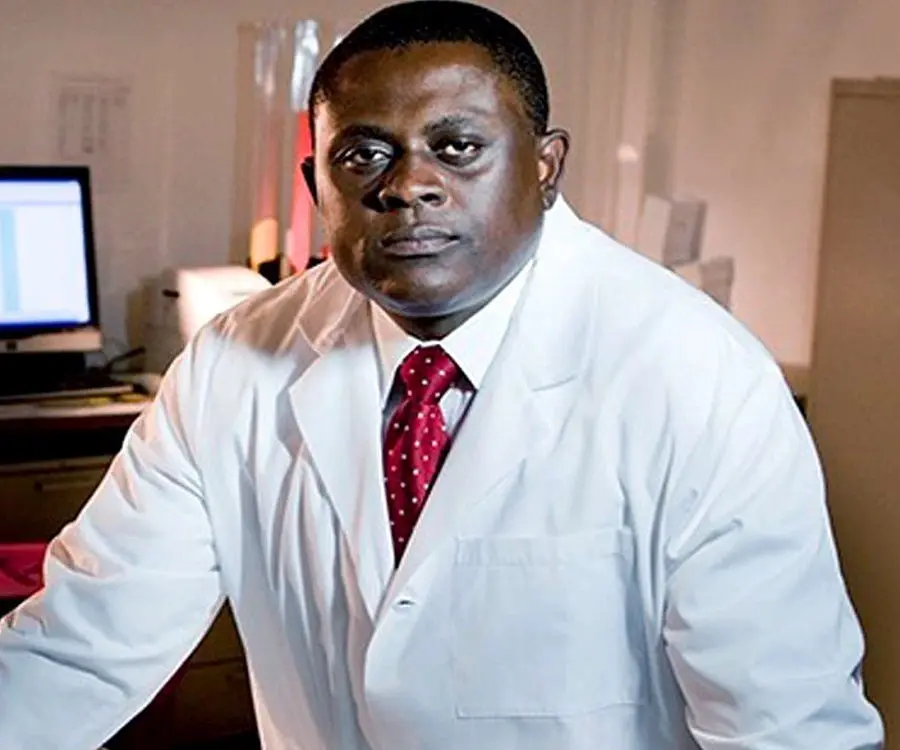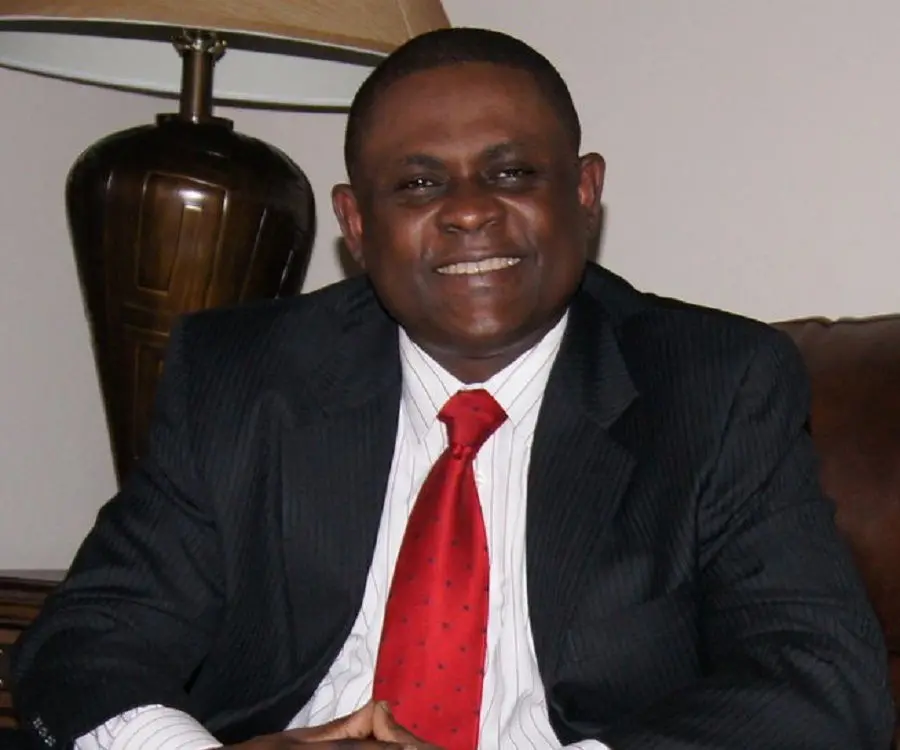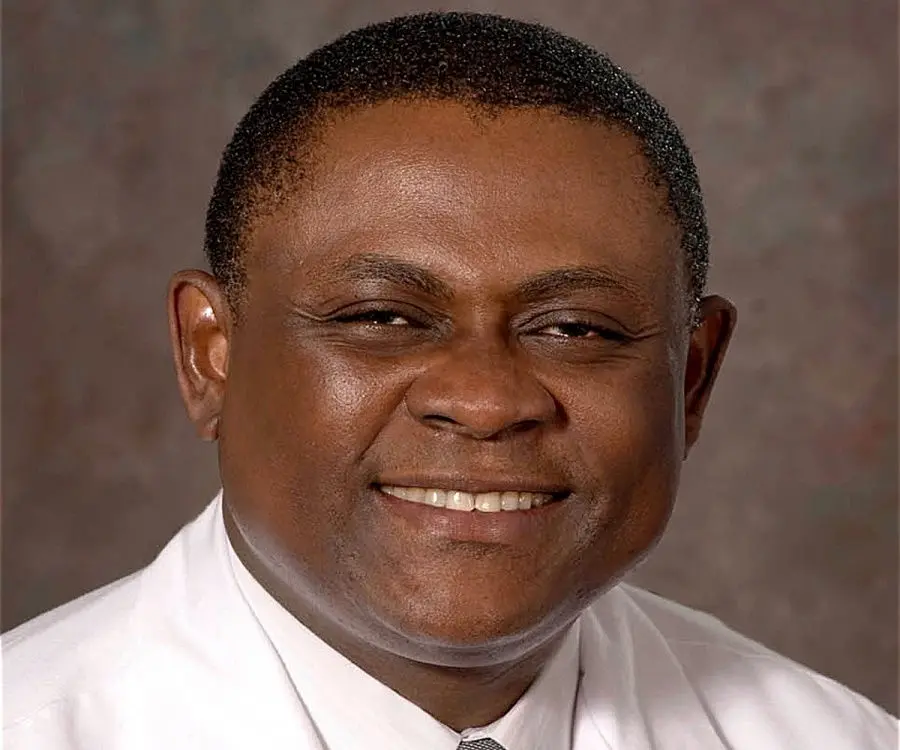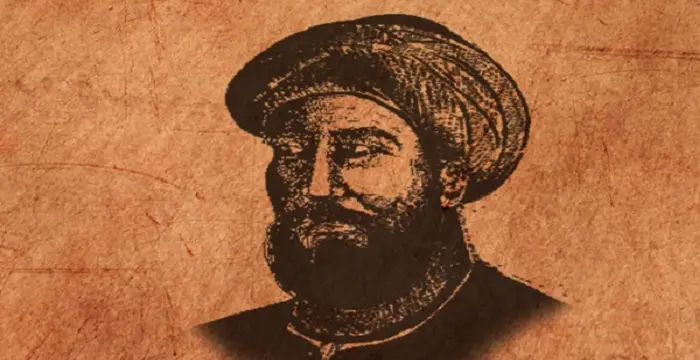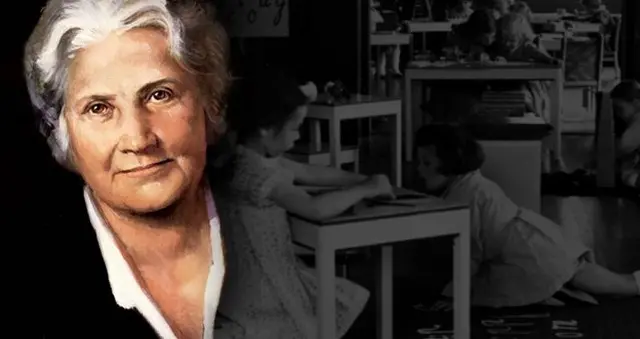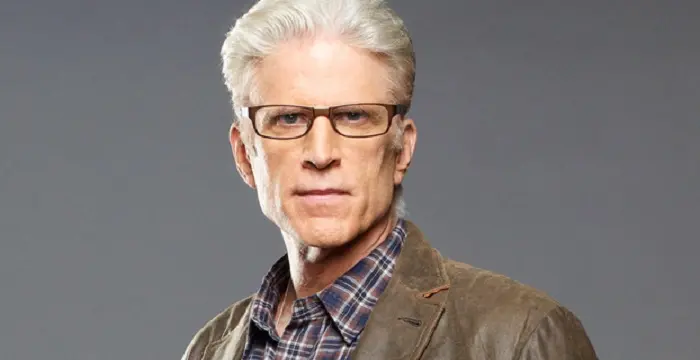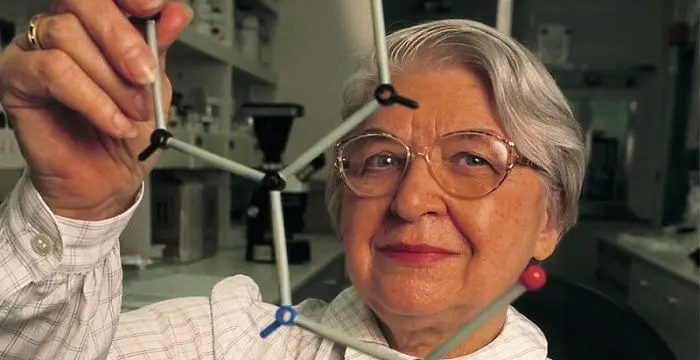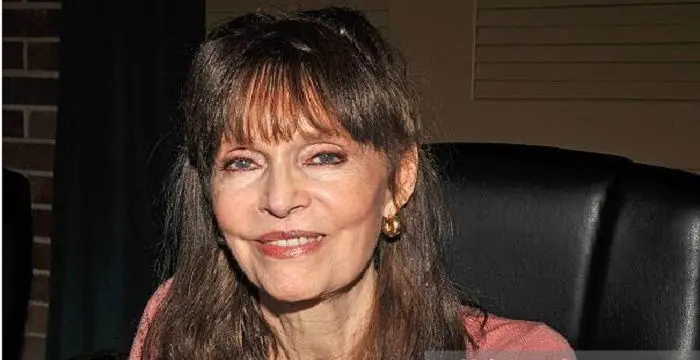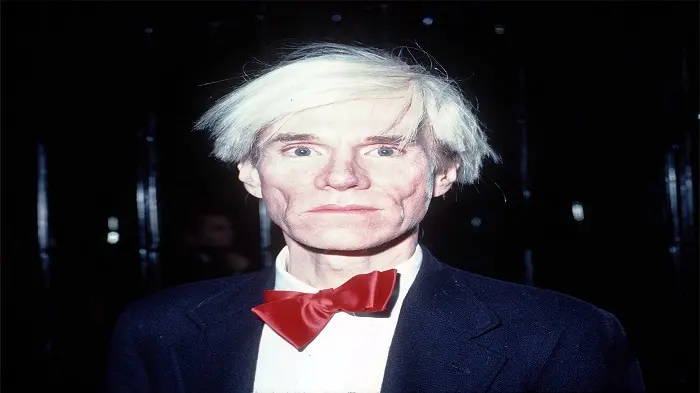
Bennet Omalu - Forensic Pathologist, Life Achievements and Family
Bennet Omalu's Personal Details
Bennet Omalu, is a Nigerian American physician, neuropathologist, and forensic pathologist
| Information | Detail |
|---|---|
| Birthday | January 1, 1968 |
| Nationality | American |
| Famous | Carnegie Mellon University, Physicians, Neuropathologists, Forensic Pathologist |
| Group of people | Black Men |
| Spouses | Prema Mutiso |
| Known as | Bennet Ifeakandu Omalu |
| Childrens | Ashly Omalu, Mark Omalu |
| Universities |
|
| Notable Alumnis |
|
| Birth Place | Nnokwa, Idemili South, Nigeria |
| Gender | Male |
| Father | John Donatus Amaechi Omalu |
| Net Worth | $710 million |
| Sun Sign | Virgo |
| Born in | Nnokwa, Idemili South, Nigeria |
| Famous as | Neuropathologist, Forensic Pathologist |
Bennet Omalu's photo
Who is Bennet Omalu?
Bennet Omalu, is a Nigerian American physician, neuropathologist, and forensic pathologist, highly acclaimed for conducting pioneering research on CTE (chronic traumatic encephalopathy) and publishing a paper on his groundbreaking investigation. Though CTE had earlier been traced in athletes and pugilists, Omalu diagnosed the condition for the first time in gridiron (popularly called American football) players. The breakthrough happened while he was employed as a neuropathologist in the coroner’s office at Allegheny County, Pennsylvania. Bennet Omalu was only 16 when he qualified as a medical school (affiliated to University of Nigeria) undergraduate. He practiced as a physician for three years following his completion of an internship and soon after migrated to the US to complete a fellowship in epidemiology at University of Washington, Seattle. His relocation to New York City for a residency training course in clinical and anatomical pathology in Harlem Hospital Center under Columbia University proved to be decisive. Omalu while carrying out a postmortem of Mike Webster, erstwhile player of Pittsburgh Steelers who had died prematurely, discovered signs of a neurological condition known as CTE that is related to recurring head trauma. Later on, he conducted an autopsy on Terry Long, an ex-NFL player who committed suicide at 45, and came up with similar findings. Bennet is the chief medical examiner of San Joaquin County and is a professor at University of California, Davis.
// Famous Physicians
Al-Zahrawi
Al-Zahrawi, was an illustrious medieval Arab Muslim physician and surgeon. Check out this biography to know about his childhood, family life, achievements and interesting facts about him.
Jabir Ibn Hayyan
Jabir Ibn Hayyan was a medieval era polymath. Check out this biography to know about his life, works and achievements.
Maria Montessori
Maria Montessori was a physician and educator who developed the approach of Montessori education. This biography of Maria Montessori provides detailed information about her childhood, life, achievements, works & timeline.
Childhood & Early Life
Bennet Omalu was born on 30 September, 1968 in South Eastern Nigeria when the country was ravaged by civil war. His father was a mining engineer while his mother worked as a seamstress. Omalu has five older siblings, and one sibling younger to him.
The civil war in Nigeria compelled his family to be on the run, returning to their home when he was two years old.
He started attending primary school when he was only three and got admitted at the Enugu Federal Government College for his secondary education. He became eligible for the University of Nigeria’s medical school when he was just 16 years old.
In June 1990, Bennet received his MBBS degree after which he did an internship. He served as a physician in Jos, a city in Nigeria’s Middle Belt for three years.
Academic & Professional Career
Moshood Abiola’s failure to win the presidency in a rigged election in 1993 disillusioned him, following which he started scouting for scholarships to study in the US.
Bennet Omalu immigrated to the U.S. in 1994 and arrived at Seattle for completing a fellowship in epidemiology from the University of Washington.
In 1995, he shifted to New York City to take up a residency program in anatomical and clinical pathology in Harlem Hospital Center under the aegis of Columbia University.
After he completed the residency program, he interned under Cyril Wecht, a celebrated forensic expert, at the Coroner’s office in Allegheny County, Pittsburgh to gain experience in forensic pathology. His profound interest in neuropathology helped him to earn a total of eight degrees in neuropathology and pathology as well as board certifications and fellowships.
The University of Pittsburgh granted him a fellowship in pathology in 2000, followed by another in neuropathology in 2002. He received a MPH (Master of Public Health) in 2004 in epidemiology from the University of Pittsburgh’s Graduate School of Public Health and the Carnegie Mellon University’s Tepper School of Business awarded him a MBA in 2008.
Groundbreaking Research on CTE
Bennet Omalu’s revolutionary and unprecedented exploration of CTE or chronic traumatic encephalopathy started in 2002 with the autopsy of Mike Webster, a Pittsburgh Steelers player, and a ‘Pro Football Hall of Fame’ member. CTE was a neurological facet linked with persistent head trauma which was previously detected in boxers who suffered concussions resulting from heavy blows.
By conducting postmortem examination on Weber who had battled depression, extreme mood swings, drug abuse, cognitive debilitation, and died unpredictably following numerous suicide attempts, Bennet had turned the spotlight back on CTE. There was a lot of controversy around CTE as medical professionals were divided on the cogency of this neurologic condition.
Omalu was very eager to scan Mike’s brain as the latter had behaved distressingly prior to his death. Although Omalu could not detect anything abnormal in Weber’s brain during the autopsy, he persisted with his research. He reviewed stained tissue samples with his own money to confirm his suspicion that Mike had ‘dementia pugilistica’.
Omalu found tau protein clusters in Weber’s brain that had the potential of impairing an individual’s cognitive function and motor skills. He became the first forensic pathologist to discover CTE in an American footballer—a neurological affliction which had earlier been discovered in athletes and boxers.
Bennet reestablished his findings on CTE, following discussions with University of Pittsburgh’s senior faculty members, and presented a paper, ‘Chronic Traumatic Encephalopathy in a National Football League Player’ in 2005 to a medical periodical ‘Neurosurgery’ for publication. In the paper, he also laid emphasis on carrying out advanced and extensive research on the condition.
Contrary to Omalu’s expectations, his paper was disregarded by the MTBI (Mild Traumatic Brain Injury) Committee set up by National Football League (NFL), demanding its withdrawal. However, he was unfazed by MTBI’s judgment and went on to establish the ‘Brain Injury Research Institute’ in partnership with neurosurgeon and concussion specialist Julian Bailes.
The Brain Injury Research Institute was set up to carry out researches and studies on brain and its myriad complications and was also intended to serve as a tissue and brain bank.
In 2006, Omalu repeated his research on Terry Long, another renowned NFL player, who killed himself at the age of 45 after suffering from depression for years. He discovered that the concentration of tau proteins in Terry’s brain were abnormally high, similar to that of an octogenarian suffering from acute Alzheimer’s.
After examining Terry Long’s brain meticulously, he concluded that the NFL star’s depression and brain damage resulted from enduring multiple concussions throughout his career. He submitted a second dissertation about his findings to Neurosurgery for publishing in November of 2006.
He also scanned brains of some retired NFL players, including Tom McHale and Andre Waters and again came to the conclusion that the football players were plagued with CTE.
The joint findings of Bennet Omalu and Julian Bailes were submitted by the latter to NFL in middle of 2007 when the body was holding a concussion seminar chaired by Ira Casson, chairman of MTBI. Ira turned down the report on the ground that their findings were insufficient to pinpoint CTE in NFL players.
Family of Mike Webster received a hefty settlement in 2006, thereby vindicating Omalu’s stand, NLF’s insouciance and evasiveness notwithstanding. Eventually, Omalu shifted to California towards the end of 2007, to take up a new job as San Joaquin County’s chief medical examiner, and simultaneously carried on with postgraduate studies at Carnegie Mellon University.
In 2008, he received a MBA from Carnegie Mellon University in Pittsburgh, and a few months later, his debut book, ‘Play Hard, Die Young: Football Dementia, Depression, and Death’ was published. He continued with his CTE work, this time focusing his research on professionals excelling in other sporting fields and military veterans.
He yet again, discerned traces of chronic encephalopathy in a war veteran aged 27 years who had served in the Iraq war and subsequently committed suicide after diagnosed with PTSD. His findings were published in the form of an article in November of 2011, where he dwelt upon CTE’s correlation with PTSD.
Earnest Efforts to Publicize CTE on Media
The media started taking notice of Omalu’s work from 2009, nearly seven years after he began his research on CTE. Jeanne Marie Laskas, a journalist, wrote a report about Bennett’s endeavors to popularize CTE while braving stiff resistance from NFL that was published in an issue of the GQ magazine.
The article on CTE by Jeannie Marie also garnered huge publicity and media attention, ultimately leading to the filing of a lawsuit by countless retired NFL players against the league body in 2009. The US House Committee on the judiciary summoned NFL Commissioner, Roger Goodell, and other league executives to bear witness.
Following the NFL Commissioner’s testifying before the US House Judiciary Committee, the MTBI was constituted afresh and the committee’s rules and regulations were reframed in order to incorporate Bennet’s safety recommendations to prevent CTE incidences. Jeannie Laskas, later on wrote a book named ‘Concussion’ based on his original article.
Jeannie Marie’s tome ‘Concussion’ was published by Penguin Random House in 2015 and became the basis for a movie having the identical name. The renowned Hollywood actor, Will Smith portrayed the protagonist, Omalu in the film. However, criticisms were leveled on the film for failing to present the exact facts related to Bennet’s research.
The film inspired the establishment of an institution in honor of Bennet whose raison-d’être was to continue with further research on concussion and CTE. Omalu created a stir in the media in 2016 by hinting on social media that Hillary Clinton may have been poisoned and recommended toxicological assay of her blood.
Bennet’s second book, ‘Truth Doesn’t Have a Side: My Alarming Discovery about the Danger of Contact Sports’ was marketed and distributed by Harper Collins in 2017.
Personal Life
Omalu Bennet and his wife Prema Mutiso, who is a Kenyan by birth, have two sons, Mark and Ashly. He resides in San Joaquin County in California with his family and is a Catholic by faith.
Bennet Omalu biography timelines
- // 30th Sep 1968Bennet Omalu was born on 30 September, 1968 in South Eastern Nigeria when the country was ravaged by civil war. His father was a mining engineer while his mother worked as a seamstress. Omalu has five older siblings, and one sibling younger to him.
- // Jun 1990In June 1990, Bennet received his MBBS degree after which he did an internship. He served as a physician in Jos, a city in Nigeria’s Middle Belt for three years.
- // 1993Moshood Abiola’s failure to win the presidency in a rigged election in 1993 disillusioned him, following which he started scouting for scholarships to study in the US.
- // 1994Bennet Omalu immigrated to the U.S. in 1994 and arrived at Seattle for completing a fellowship in epidemiology from the University of Washington.
- // 1995In 1995, he shifted to New York City to take up a residency program in anatomical and clinical pathology in Harlem Hospital Center under the aegis of Columbia University.
- // 2002Bennet Omalu’s revolutionary and unprecedented exploration of CTE or chronic traumatic encephalopathy started in 2002 with the autopsy of Mike Webster, a Pittsburgh Steelers player, and a ‘Pro Football Hall of Fame’ member. CTE was a neurological facet linked with persistent head trauma which was previously detected in boxers who suffered concussions resulting from heavy blows.
- // 2005Bennet reestablished his findings on CTE, following discussions with University of Pittsburgh’s senior faculty members, and presented a paper, ‘Chronic Traumatic Encephalopathy in a National Football League Player’ in 2005 to a medical periodical ‘Neurosurgery’ for publication. In the paper, he also laid emphasis on carrying out advanced and extensive research on the condition.
- // 2006In 2006, Omalu repeated his research on Terry Long, another renowned NFL player, who killed himself at the age of 45 after suffering from depression for years. He discovered that the concentration of tau proteins in Terry’s brain were abnormally high, similar to that of an octogenarian suffering from acute Alzheimer’s.
- // 2006After examining Terry Long’s brain meticulously, he concluded that the NFL star’s depression and brain damage resulted from enduring multiple concussions throughout his career. He submitted a second dissertation about his findings to Neurosurgery for publishing in November of 2006.
- // 2006 To 2007Family of Mike Webster received a hefty settlement in 2006, thereby vindicating Omalu’s stand, NLF’s insouciance and evasiveness notwithstanding. Eventually, Omalu shifted to California towards the end of 2007, to take up a new job as San Joaquin County’s chief medical examiner, and simultaneously carried on with postgraduate studies at Carnegie Mellon University.
- // 2007The joint findings of Bennet Omalu and Julian Bailes were submitted by the latter to NFL in middle of 2007 when the body was holding a concussion seminar chaired by Ira Casson, chairman of MTBI. Ira turned down the report on the ground that their findings were insufficient to pinpoint CTE in NFL players.
- // 2008In 2008, he received a MBA from Carnegie Mellon University in Pittsburgh, and a few months later, his debut book, ‘Play Hard, Die Young: Football Dementia, Depression, and Death’ was published. He continued with his CTE work, this time focusing his research on professionals excelling in other sporting fields and military veterans.
- // 2009The media started taking notice of Omalu’s work from 2009, nearly seven years after he began his research on CTE. Jeanne Marie Laskas, a journalist, wrote a report about Bennett’s endeavors to popularize CTE while braving stiff resistance from NFL that was published in an issue of the GQ magazine.
- // 2009The article on CTE by Jeannie Marie also garnered huge publicity and media attention, ultimately leading to the filing of a lawsuit by countless retired NFL players against the league body in 2009. The US House Committee on the judiciary summoned NFL Commissioner, Roger Goodell, and other league executives to bear witness.
- // Nov 2011He yet again, discerned traces of chronic encephalopathy in a war veteran aged 27 years who had served in the Iraq war and subsequently committed suicide after diagnosed with PTSD. His findings were published in the form of an article in November of 2011, where he dwelt upon CTE’s correlation with PTSD.
- // 2015Jeannie Marie’s tome ‘Concussion’ was published by Penguin Random House in 2015 and became the basis for a movie having the identical name. The renowned Hollywood actor, Will Smith portrayed the protagonist, Omalu in the film. However, criticisms were leveled on the film for failing to present the exact facts related to Bennet’s research.
- // 2016The film inspired the establishment of an institution in honor of Bennet whose raison-d’être was to continue with further research on concussion and CTE. Omalu created a stir in the media in 2016 by hinting on social media that Hillary Clinton may have been poisoned and recommended toxicological assay of her blood.
- // 2017Bennet’s second book, ‘Truth Doesn’t Have a Side: My Alarming Discovery about the Danger of Contact Sports’ was marketed and distributed by Harper Collins in 2017.
// Famous Carnegie Mellon University
Ted Danson
Ted Danson is an American actor, producer and environmental activist. Read this biography to learn more about his childhood, profile, life and timeline.
Carter Sharer
Carter Sharer is an American YouTuber. Check out this biography to know about his birthday, childhood, family life, achievements and fun facts about him.
Stephanie Kwolek
Stephanie Kwolek was an American chemist whose research work led to the development of the synthetic fiber, Kevlar. This biography of Stephanie Louise Kwolek provides detailed information about her childhood, life, achievements, works & timeline.
Barbara Feldon
Barbara Feldon is an American actress, known for her contributions towards television and theatre. This biography of Barbara Feldon provides detailed information about her childhood, life, achievements, works & timeline.
Judith Light
Judith Light is an American actress known for her role in the series ‘One Life to Live.’ Check out this biography to know about her childhood, family life, achievements and fun facts about her.
Andy Warhol
Andy Warhol was a famous American illustrator. This biography of Andy Warhol provides detailed information about his childhood, life, achievements, works & timeline.
Bennet Omalu's FAQ
What is Bennet Omalu birthday?
Bennet Omalu was born at 1968-01-01
Where is Bennet Omalu's birth place?
Bennet Omalu was born in Nnokwa, Idemili South, Nigeria
What is Bennet Omalu nationalities?
Bennet Omalu's nationalities is American
Who is Bennet Omalu spouses?
Bennet Omalu's spouses is Prema Mutiso
Who is Bennet Omalu childrens?
Bennet Omalu's childrens is Ashly Omalu, Mark Omalu
What was Bennet Omalu universities?
Bennet Omalu studied at Carnegie Mellon University, University of Nigeria, Nsukka (MBBS, 1990), University of Pittsburgh Graduate School of Public Health (MPH, Epidemiology, 2004), Carnegie Mellon University (MBA, 2008)
What was Bennet Omalu notable alumnis?
Bennet Omalu's notable alumnis is Carnegie Mellon University
Who is Bennet Omalu's father?
Bennet Omalu's father is John Donatus Amaechi Omalu
What is Bennet Omalu's sun sign?
Bennet Omalu is Virgo
How famous is Bennet Omalu?
Bennet Omalu is famouse as Neuropathologist, Forensic Pathologist
